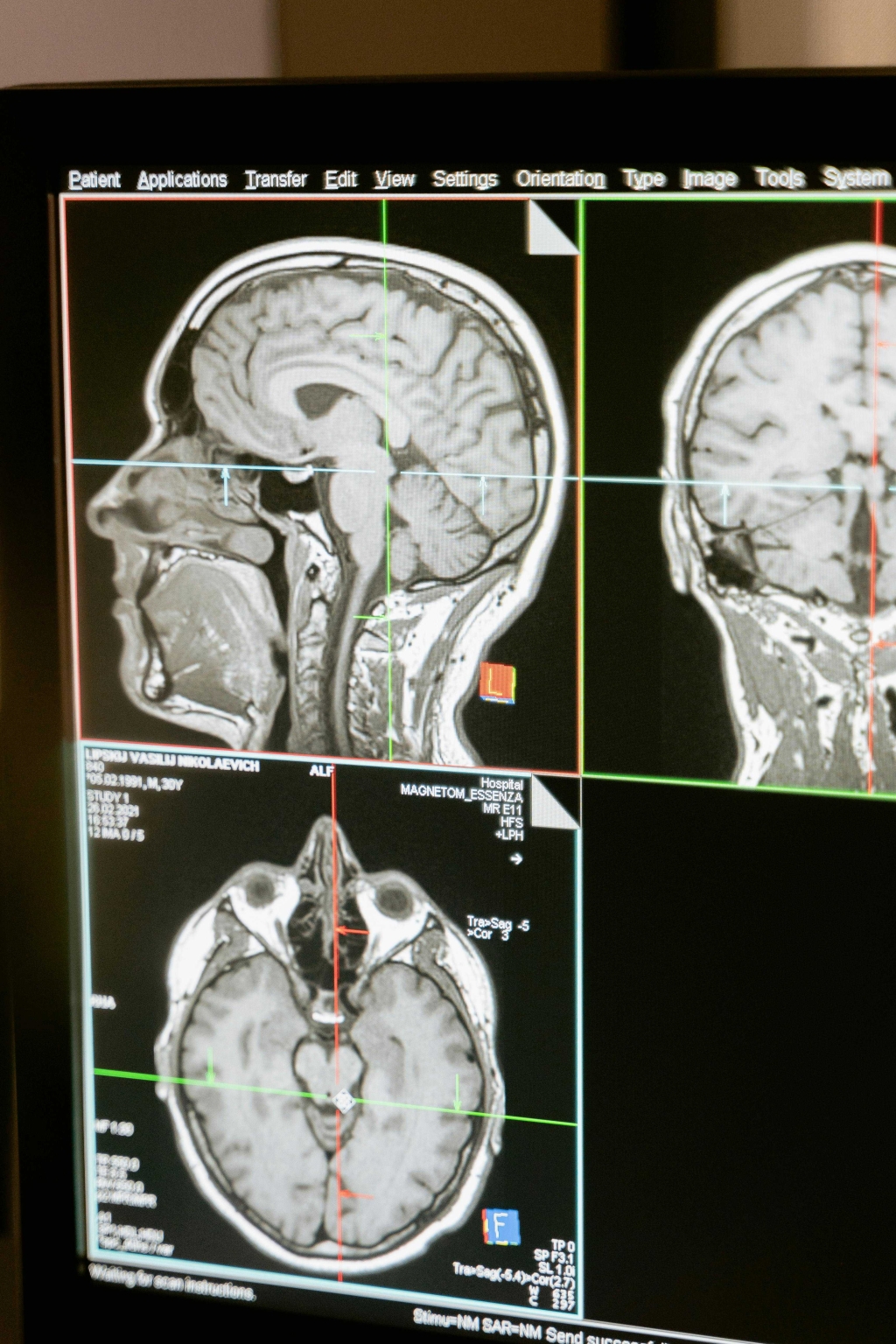
Exploring the invisible: Dr. Ariadni Boziki simulates the molecular world
Chrysovalantou Kalaitzidou

Magazine / Technology , Medicine
Head and neck cancer represents a significant challenge in modern oncology, affecting various regions from the nasal cavity and sinuses to the throat, mouth, and salivary glands. Despite advancements in medical technology, early detection and precise treatment planning remain elusive, often leading to delayed interventions and poorer outcomes. Traditional methods of diagnosing head and neck cancer rely heavily on clinical examination, imaging techniques such as computed tomography (CT) scans, magnetic resonance imaging (MRI), and positron emission tomography (PET) scans, as well as tissue biopsies. While these methods have been valuable, they often entail subjective interpretation and are prone to human error. Moreover, the complexity of head and neck anatomy poses challenges for accurate diagnosis and treatment planning.
Artificial Intelligence (AI) technologies, particularly machine learning and deep learning algorithms, have emerged as powerful tools in medical imaging analysis. By training on vast datasets of medical images, AI systems can recognize patterns and abnormalities with unprecedented accuracy. In the context of head and neck cancer, AI-enabled image analysis holds immense potential for early detection and characterization of tumors, enabling clinicians to intervene at earlier stages when treatment options are more effective.
One of the key applications of AI in head and neck cancer is the automated analysis of radiological images to assist radiologists and oncologists in detecting suspicious lesions and assessing disease progression. AI algorithms can analyze intricate details within medical images, identify subtle changes indicative of malignancy, and differentiate between benign and malignant lesions with high sensitivity and specificity. This capability not only enhances diagnostic accuracy but also streamlines the interpretation process, allowing healthcare providers to make timely and informed decisions.
Beyond diagnosis, AI-driven predictive modeling plays a crucial role in guiding treatment strategies and optimizing patient outcomes. By leveraging patient-specific data, including clinical history, imaging findings, genetic profiles, and treatment responses, AI algorithms can generate personalized treatment plans tailored to individual patients. This approach enables oncologists to choose the most appropriate therapies, optimize treatment dosages, and anticipate potential side effects, thereby improving treatment efficacy while minimizing adverse outcomes.
Despite the promising potential of AI in revolutionizing the management of head and neck cancer, several challenges and limitations must be addressed. The reliance on vast datasets for training AI models raises concerns regarding data privacy, security, and patient consent. Additionally, algorithm bias and lack of diversity in training data may lead to disparities in diagnostic accuracy across different patient populations. Furthermore, the integration of AI into clinical practice requires rigorous validation, regulatory approval, and ongoing monitoring to ensure safety, efficacy, and ethical standards.
Looking ahead, the future of AI in head and neck cancer holds immense promise for advancing precision medicine and improving patient care. Collaborative efforts between healthcare professionals, researchers, technology developers, and regulatory bodies are essential to harnessing the full potential of AI in transforming cancer care.

Chrysovalantou Kalaitzidou

Thaleia-Dimitra Doudali

Danai Korre
